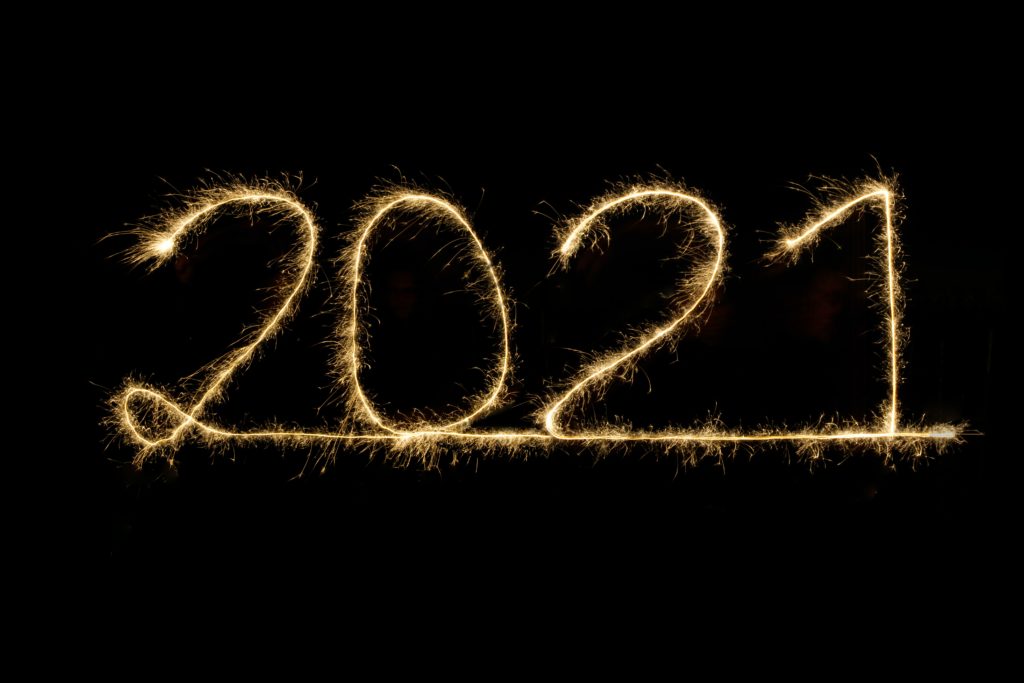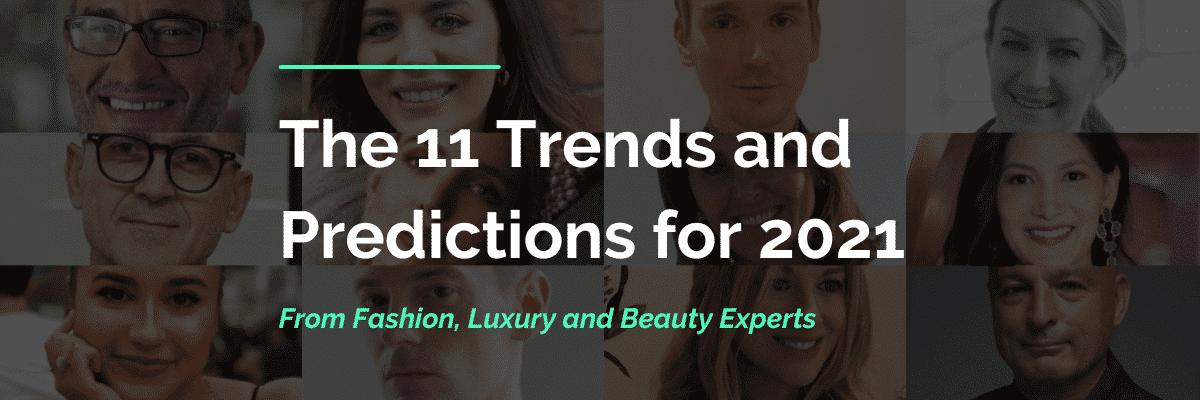
As we close off 2020 and start to prepare for the new year, it is hard not to ignore the unexpected changes that have occurred in 2020. Whilst there was no way of predicting what happened, everyone in the fashion, luxury, and beauty industries had to adapt their strategies in order to adjust to what became commonly known as 'the new normal'. However, as we go into 2021, we are slightly more prepared, more adaptable, and flexible to new trends and predictions, and we are more aware that the industry can change at a moment's notice. Also, the events that have taken place during 2020 have largely shaped the way brands will speak to their consumers going forward, how they align their values with their target audiences, and how they use digital transformation to personalize their customers' paths to purchase.
In today's guide, we will take you through 11 trends and predictions for 2021, from experts in the fashion, luxury and beauty industries, so that you can understand what brands are expecting from the new year, and which new tactics are driving business strategies.
The 11 Trends and Predictions for 2021 From Fashion, Luxury and Beauty Experts
Antonia Baildam: Opening a dialogue with consumers facilitates knowledge exchange and drives sales
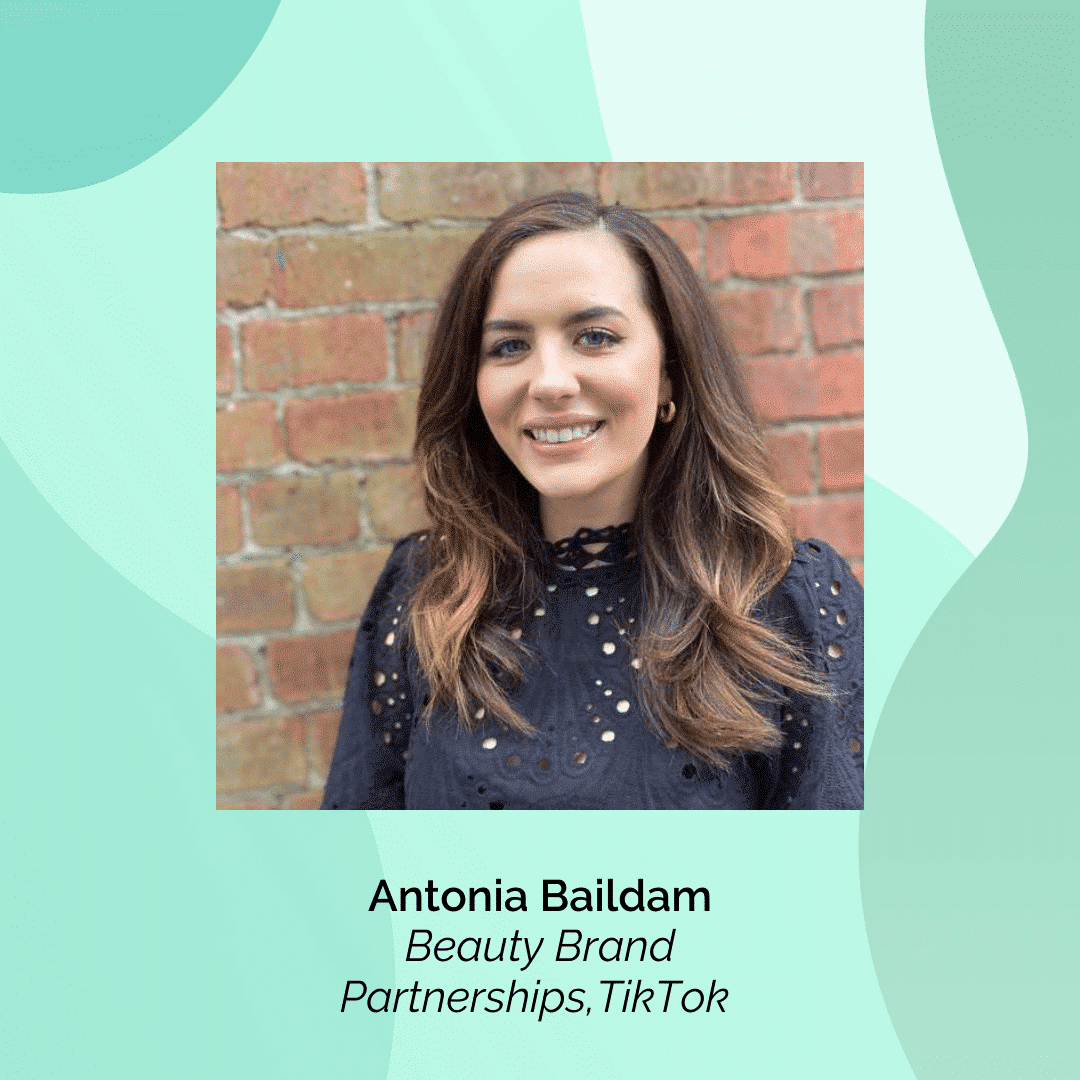
I think the concept of community is really becoming a huge thing in beauty. The trend I have seen the most over the last few years is this kind of empowered consumer that really wants to delve into the efficacy of ingredients, that really wants to understand what ingredients do, what they should be... There's a huge kind of knowledge exchange going on and that's something that we've seen a spike on TikTok and particularly over the last pandemic months. The influences of dermatologists and skin influencers we've seen demonstrate the power of educational content and how consumers are demanding more expertise and knowledge from brands. But at the same time, they want that content in a quick and easy-to-consume format, and here's where TikTok has created this new connectivity with the beauty consumer.
From an organic perspective, a lot of brands really lean into a two-way conversation and they are regularly kind of taking cues from their community in terms of content creation so really engaging with their customers and reading their comments, and then creating content based on what their customer wants.
![]()
How can platforms like TikTok accumulate value for brands in the fashion, luxury, and beauty industries? We recently released our first study tracking TikTok, analyzing Addison Rae's partnership with American Eagle.
Gary Pinagot: Luxury is led by creativity and digital storytelling
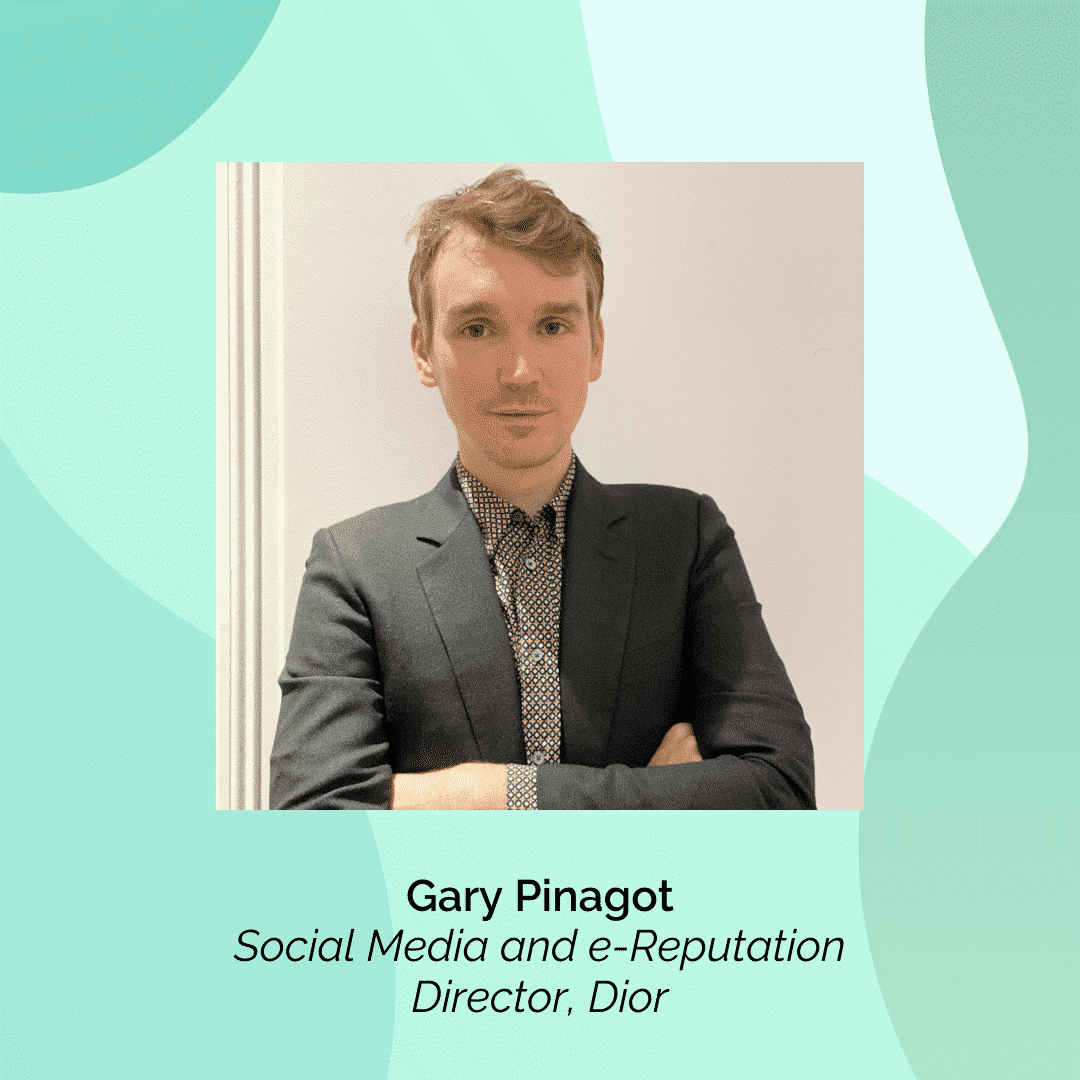
Data for us is important and you can’t do digital without data. Also protecting the brand’s message as best you can and broadcasting the message in the most effective way possible, and finding the right platform to broadcast that message are all especially important aspects to balance during COVID.
Being a luxury brand, creativity will always lead and we really value this aspect first and foremost above anything. Everything we do is driven by creative strategy no matter what. We try and take an omnichannel approach to tell our story outside of the collections themselves, really utilizing external channels like influencers for example to make people understand what we are trying to achieve and how we tell that story.
![]()
Read about how the fashion industry performed this year, amidst the global pandemic in our recent Marketing Reset Analysis.
Anya Hindmarch: Both customers and brands need to meet in the middle in order to make the fashion industry more responsible
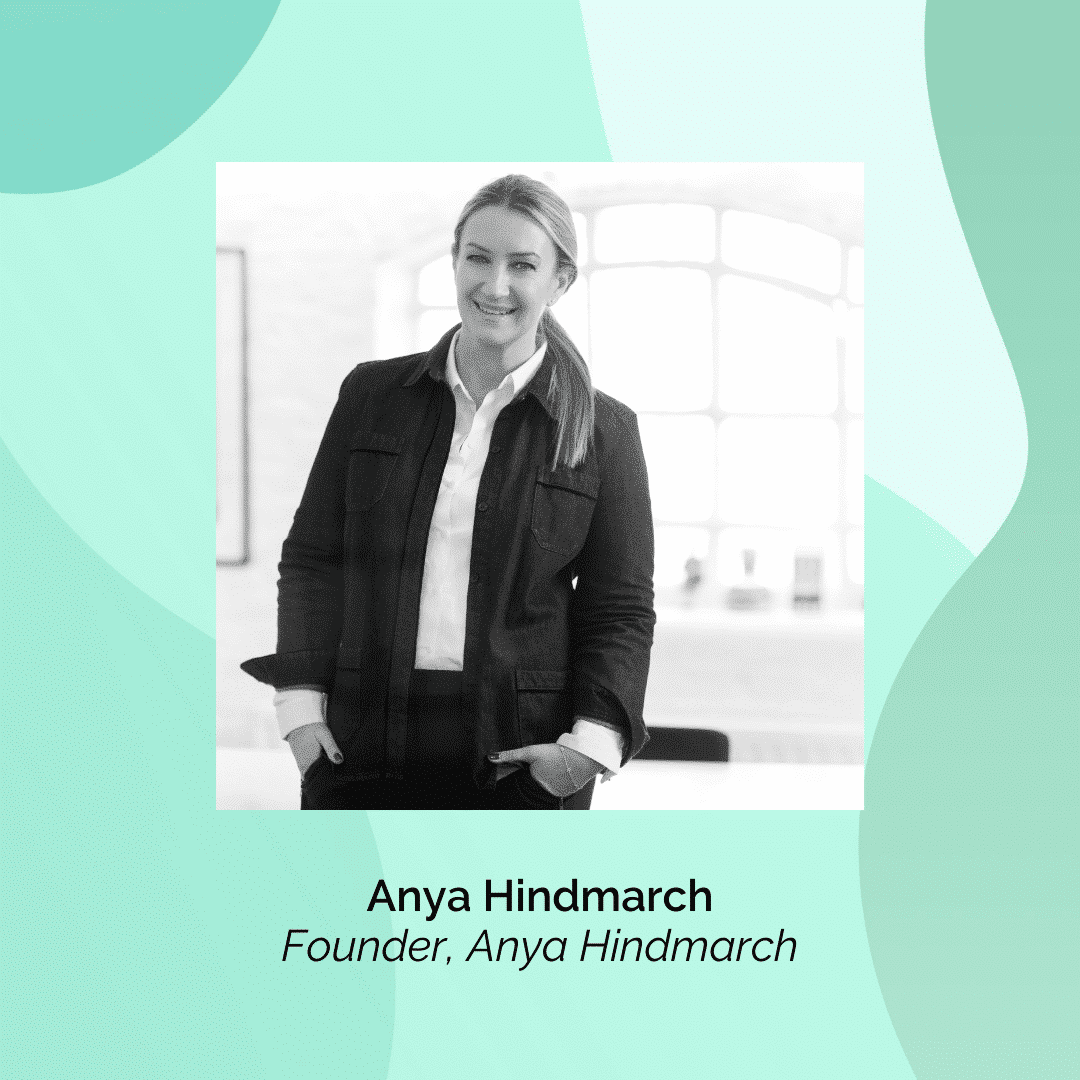
We’re in a transition phase and the customer ideally would meet us in the middle where we would take a lower margin and they might pay a little more (for sustainable fashion). It happens quite quickly - of course, it is about volume. If you are going to buy 10 t-shirts in a year, instead buy 5 and pay double for each one.
If we can try and make it cooler to wear a dress again and again and have people really think about what they buy and get something really special and making these fashion moments slower and more considered. Bigger companies have a much larger buying power and they have the volume to make these innovations. I think everyone I speak to really wants to and is starting to buy fewer, beautiful pieces. We need to make it fashionable to wear items again and again.
![]()
COVID has driven brands and consumers to focus more on sustainability and responsibility, allowing brands that integrate this into their internal and external strategies to thrive.
Steven Kolb: Phygital is the future of fashion weeks
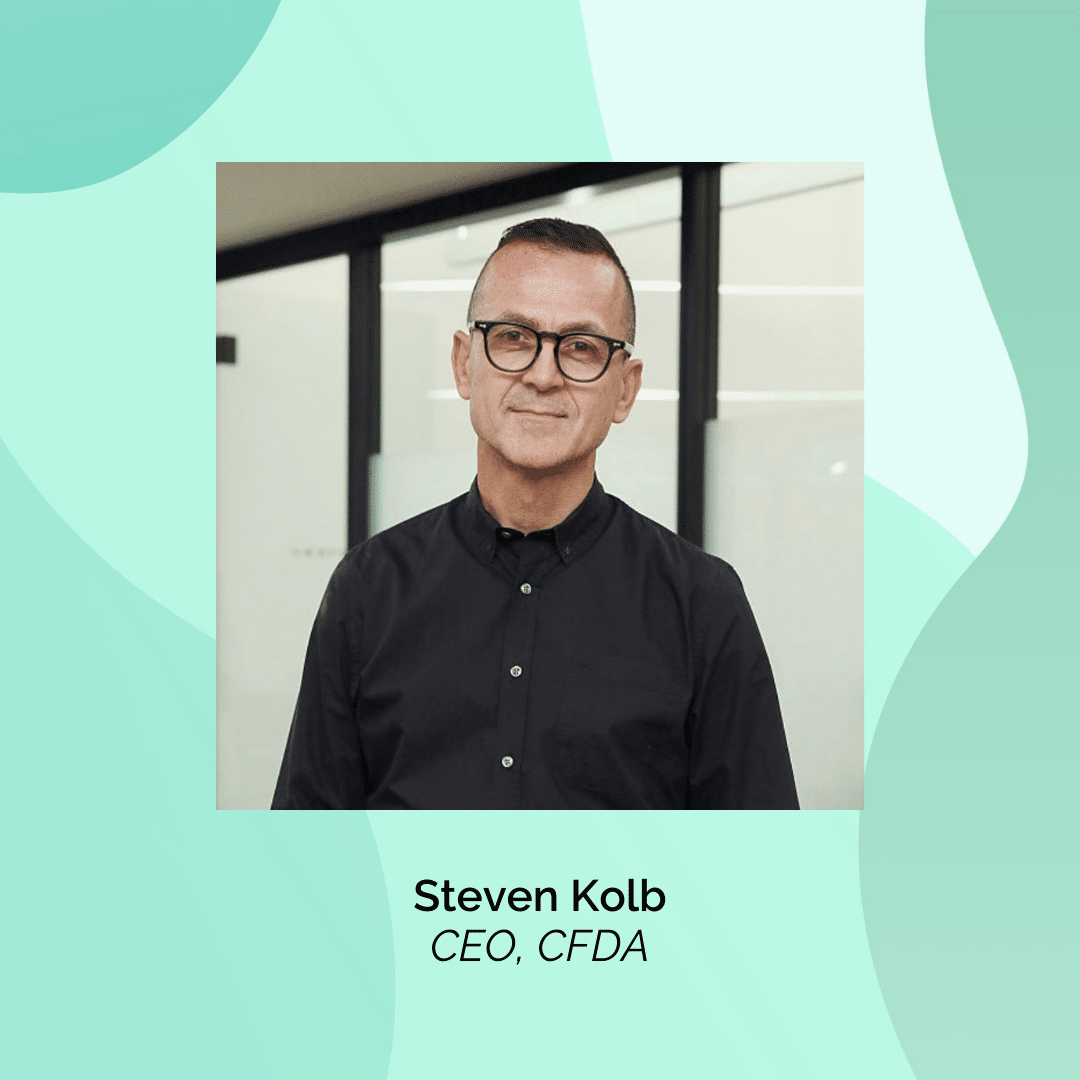
We have been following the developments around the pandemic this year and trying our best to keep in line and make these real-time decisions in terms of what would work and would not work. I believe that the defined fashion week dates are valuable and are not going to go away because when you look at the fashion weeks and you look at all the shows that are happening in fashion week that's a narrative itself like each brand has a message and each city has a message too.
The combination of digital and physical will be probably shaping the future because that physical interaction that happens during a fashion week is so critical, it's where you meet your colleagues it's where you do business and it's really what drives the economy of our cities. The creative arts, filmmaking, and digital content that is being produced during this hybrid format Fashion Weeks is working for a lot of brands, but some others will still need the physical atmosphere and inspiration to do business.
![]()
Want to know how brands performed at Fashion Week this year? View our quick data report on SS21 by the numbers (analyzing New York, London, Milan and Paris Fashion Weeks).
Leonie Hanne: Developing lasting, considered relationships with influencers is what leads to a successful partnership
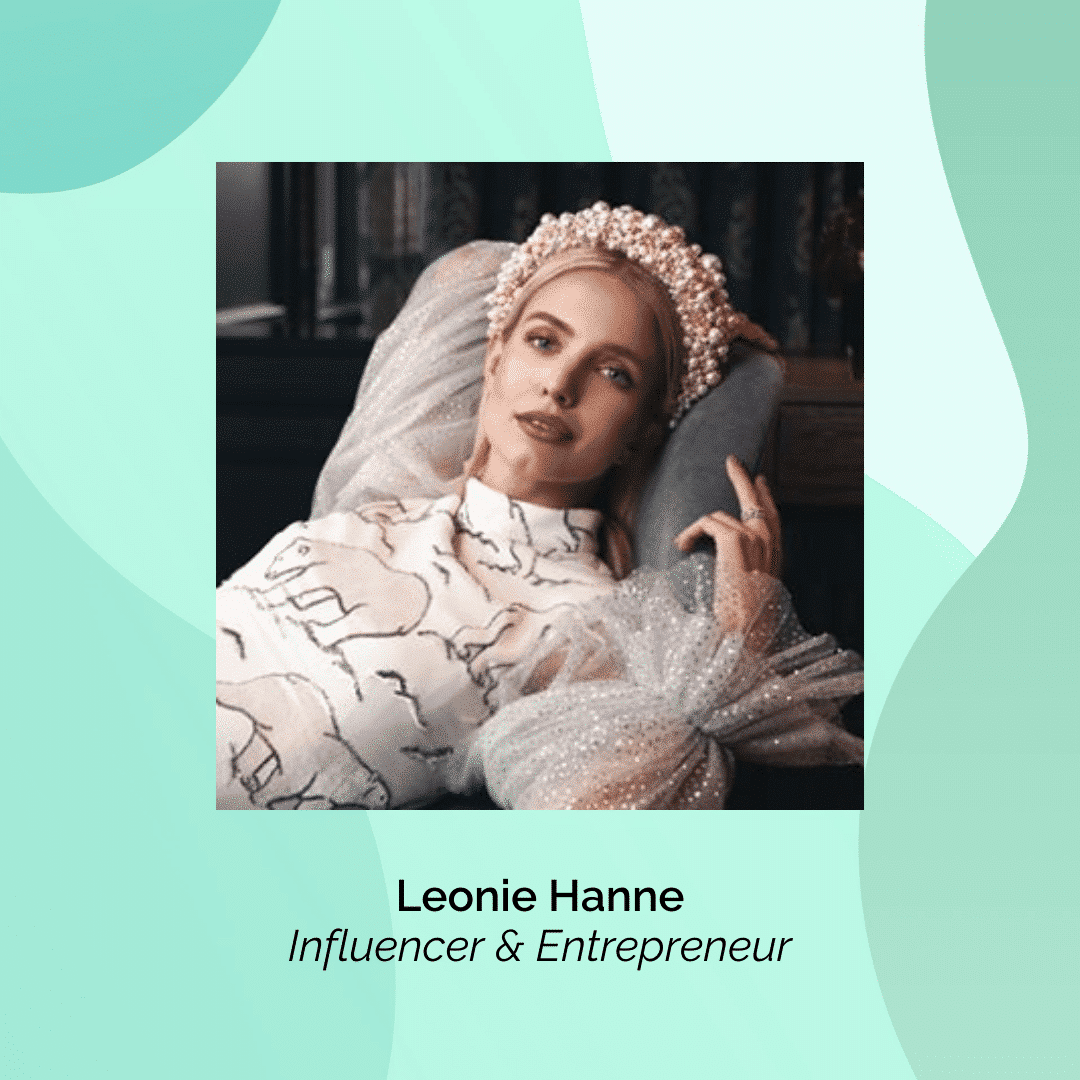
Everything is two-sided and brands don’t force you to work with them - It’s a relationship. When we talk about projects, we always make sure it’s the DNA of the brand but it’s also our DNA. I’m not a billboard - they can’t send me something and say “please post on your Instagram” - but it’s also because I’m very clear on who I am as a brand, and what brands I want to work with. I’ve never in the history of blogging worked with a brand where I feel like it didn’t really fit, or I was in for easy money.
![]()
The influencer marketing industry proved itself more important than ever this year. Read Leonie's full interview and explore the stats from influencers and brands in our yearly State of Influencer Marketing report.
Cristiana Monfardini: Diversify your marketing strategies and think outside the box in order to reach new audiences and engage your target consumers
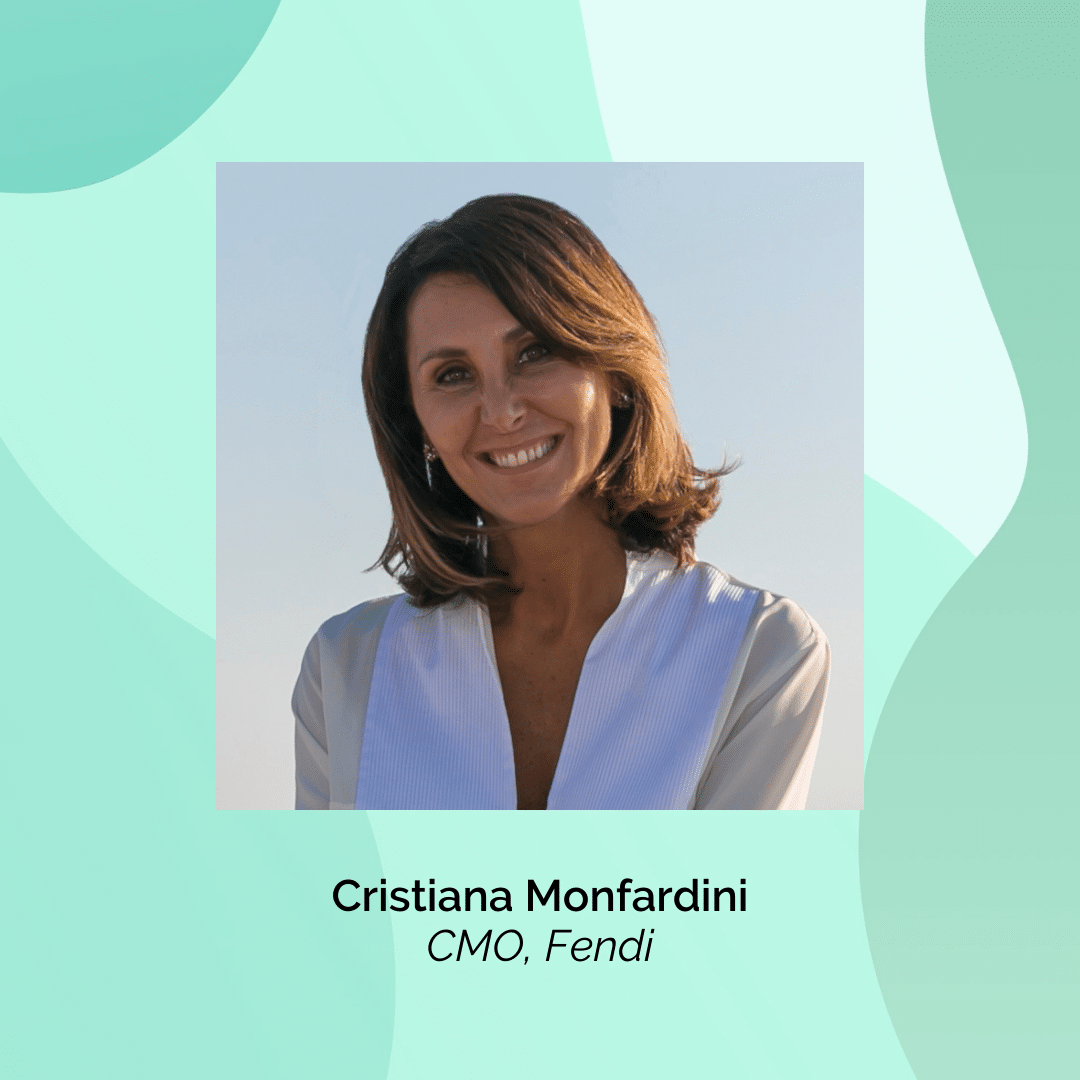
I think the biggest challenge for brands working in this industry is being able to walk unexplored paths. Not focusing only on the “biggest” influencer of the year according to rankings, charts, or the number of followers, but trying to engage with those that are linked to your brand values and who can relate to them.
Brands are competing for millennial mindshare, trying to understand how to successfully engage with them starting from the company values.
![]()
Read about Fendi's success story and how they leveraged premium influencers to generate hype for the F is FOR FENDI campaign.
Kim Leitzes: Work collaboratively with experts in the Chinese market who truly understand cultural differences and norms if you want to be successful in the East
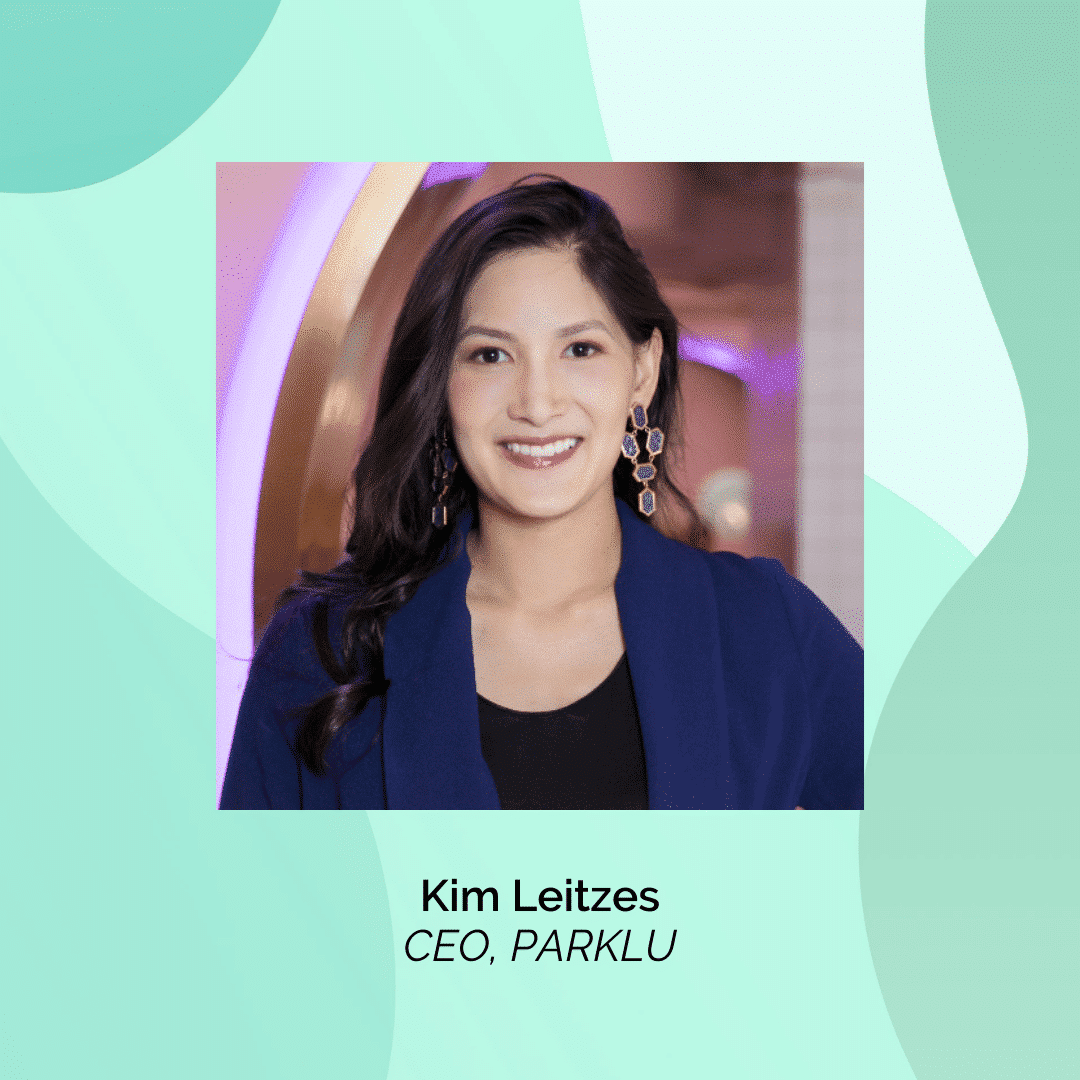
The greatest challenge for most luxury brands in China is understanding the social e-commerce ecosystems and vastly different cultural norms. These dynamics have forced many luxury brands to become reliant on local teams to make domestic communication decisions. It’s primarily those luxury brands that continue to resist a domestic-led communication approach that launch and then suffer a backlash from culturally insensitive campaigns.
Then in terms of the most popular platforms in Asia Weibo is the dominant platform for luxury brands’ KOL campaigns. Weibo provides greater content flexibility, has a celebrity gossip focus, and offers the ability to direct traffic to popular e-commerce channels used by luxury brands. Douyin (domestic version of TikTok) is the fastest growing platform among the next generation of luxury-focused KOLs. Luxury brands will be also adopting Douyin as a communication channel with Dior, LV, and Gucci leading the pack.
![]()
Activating KOLs in Asia is going to be one of the most important strategies for brands in fashion, beauty, and luxury in the coming years. Learn more about why KOLs are key, here.
Rae Giron: Beauty brands need to develop an identity that customers can relate to
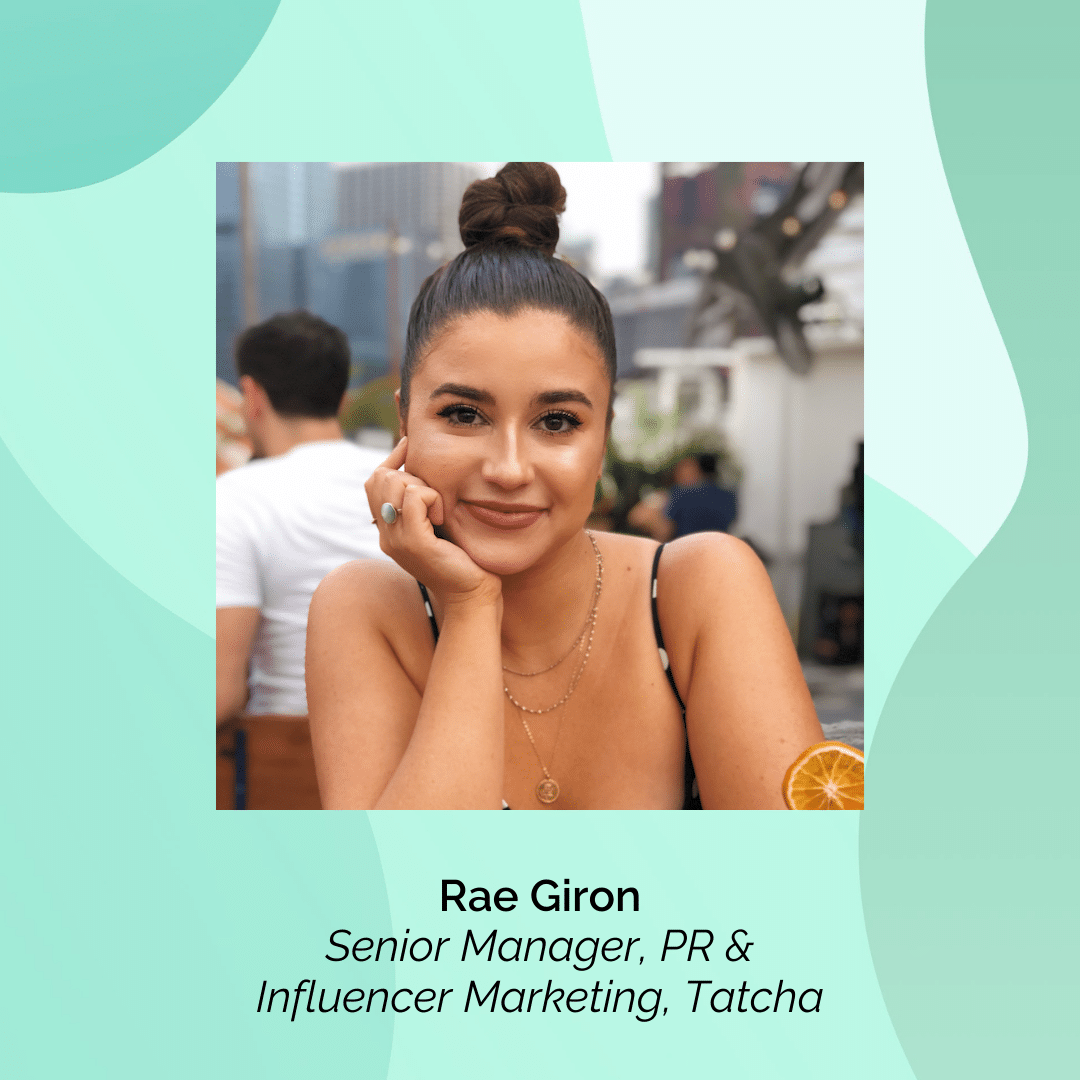
I think in the past 5 years a lot has changed, I feel like consumers are constantly evolving in terms of the content they want to see. This past year alone things have changed drastically for brands and how they connect with consumers in a more digital space. I think a lot of brands are marketing to Gen Z because they are making up around 41% of the current market. The other shift I’ve seen is that consumers want realness - they want humanity behind a brand and they are looking for fewer product sponsorships and more of a community.
For brands, now more than ever, it's important to remember your value and everything you are bringing forth, always having an intention and not creating content just to create content. Customers do have loyalty to brands and products that they use and might have an emotional attachment if it aligns with their value system or aesthetic. Being that the market is so saturated I think consumers are open to testing but do go back to the brands they resonate with and associate themselves the most with.
![]()
What are the new beauty rules? We explored trends in the beauty industry, using our own data analysis combined with feedback from industry professionals. Explore the data here.
Arne Eggers: KOLs are at the very center of marketing campaigns in Asia

In other markets, KOLs tend to be used as an additional element for a marketing campaign, whereas in Asia they are usually at the heart of it. It would be rare to see a brand plan a campaign without keeping them top of mind. Most brands would treat KOL partnerships as an “always-on” strategy to maintain awareness and engagement with target consumers.
But while influencer activations will play a key part in the marketing strategies for all of our clients, no brand will solely rely on them – a successful campaign will usually be following an integrated approach that includes ATL, BTL, PR, and offline activations. Marketing activations involving KOLs tend to follow different strategies compared to Western markets. In China, KOLs are now increasingly engaged to do direct-sell live-streaming for brands within e-commerce platforms such as Alibaba’s Tmall. Hence, brands in China may also have to develop strategies on identifying the right KOLs to serve specific purposes, from pushing sales to image building to storytelling, etc., and on which platform.
![]()
We explore the prime opportunities for fashion, luxury and beauty brands looking to expand on a more global scale in this article.
Rosie Shephard: Gen Z is the new focus for luxury brands
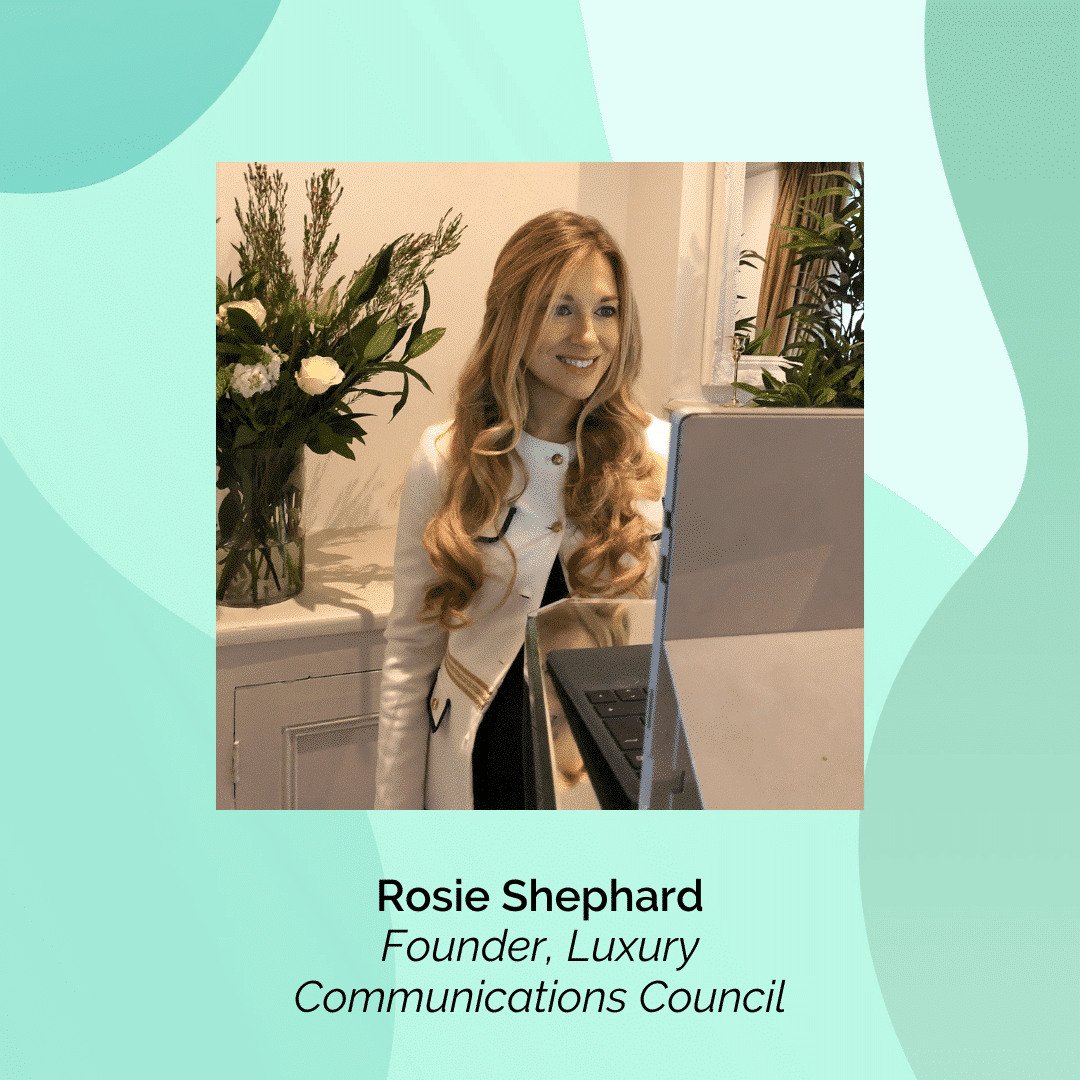
Move over millennials, it's Gen Z’s time in the spotlight for the marketing focus of luxury brands. With the explosion of popularity of TikTok over lockdown, it has sparked a whole new wave of luxury brands communicating with this audience via this channel. And it's vital, by 2025, members of Gen Z will make up 40% of the luxury consumer. The best performing luxury brands have already adjusted their strategies to reflect the growing importance of youth fashion consumers.
![]()
How can brands reach the new luxury consumer? Our recent blog article explores successful partnerships that have allowed luxury brands to interact with Gen Z audiences.
Michael Jaïs: Technological evolution will build brand momentum and define successful brands

The industry has experienced faster technological evolution in the last 6 months than in the last decade However the industry has also changed and customers want more from brands. They do not only care about the product itself but about the values that a brand may have. In the last 5 years, the number of touchpoints that influence consumers in the path of purchase has multiplied by 3. If Covid has taught brands one thing, it’s the need for acceleration, and more importantly that they have to build brand momentum if they want to stand out within their industry.
Brands this year had to be reactive, adaptable, and had to push themselves to their creative limits in order to engage consumers and keep sales afloat. Brand momentum is all about reducing costs in order to increase your impact which in turn increases your agility and the value of the assets you produce. During a time like this, brand momentum is at the forefront of any CEO’s mind, as budget constraints are tight, and proving ROI is more important than ever before.
![]()
What is brand performance, and why is it so important? Understand why this should be at the forefront of your strategy for 2021 in this comprehensive article.
We hope you enjoyed this article on the 12 trends and predictions in fashion, beauty, and luxury for 2021. If you want to learn more about the strategies driving forward brand performance in 2021, catch up with the sessions from our digital summit, featuring leaders from the fashion, luxury, and beauty industries.
